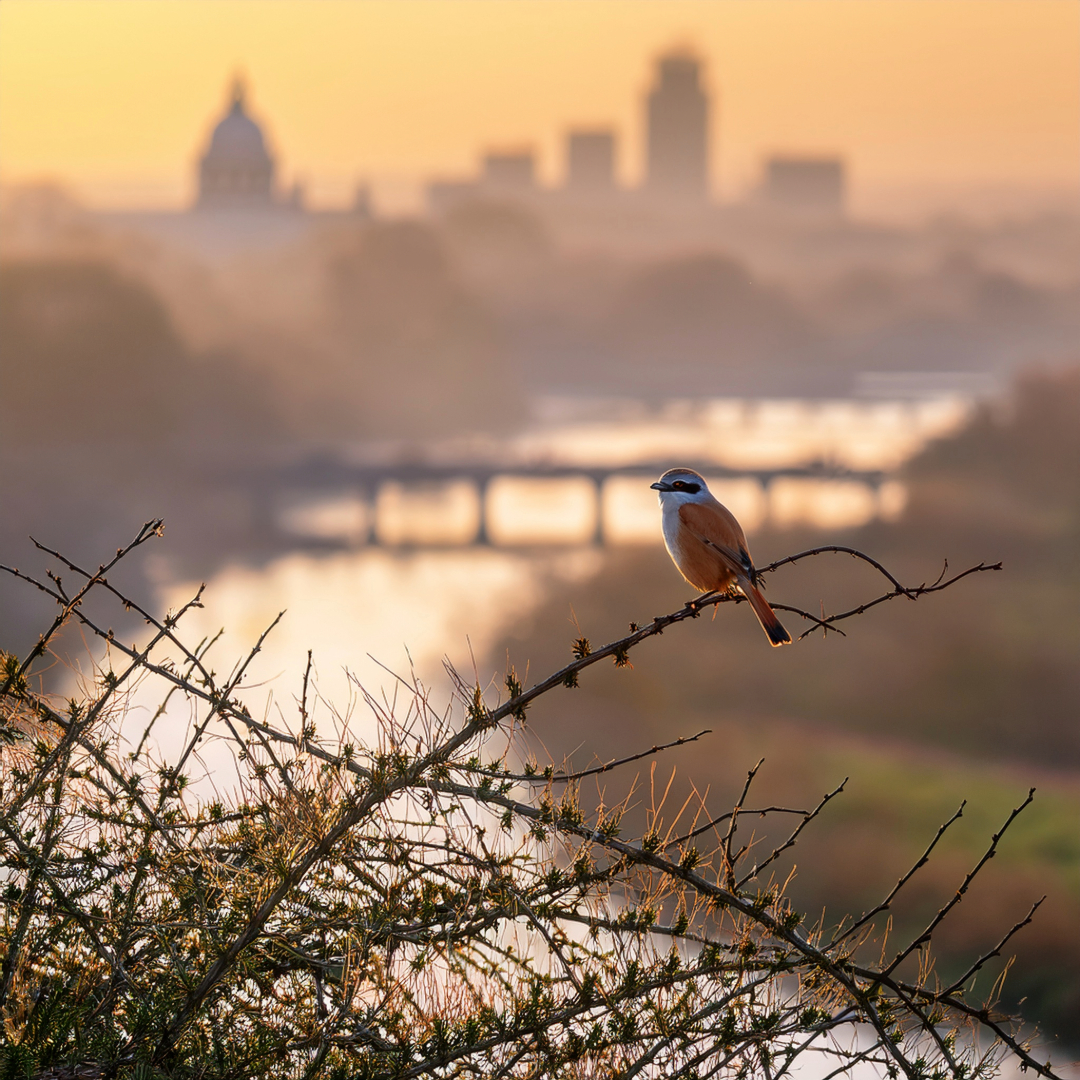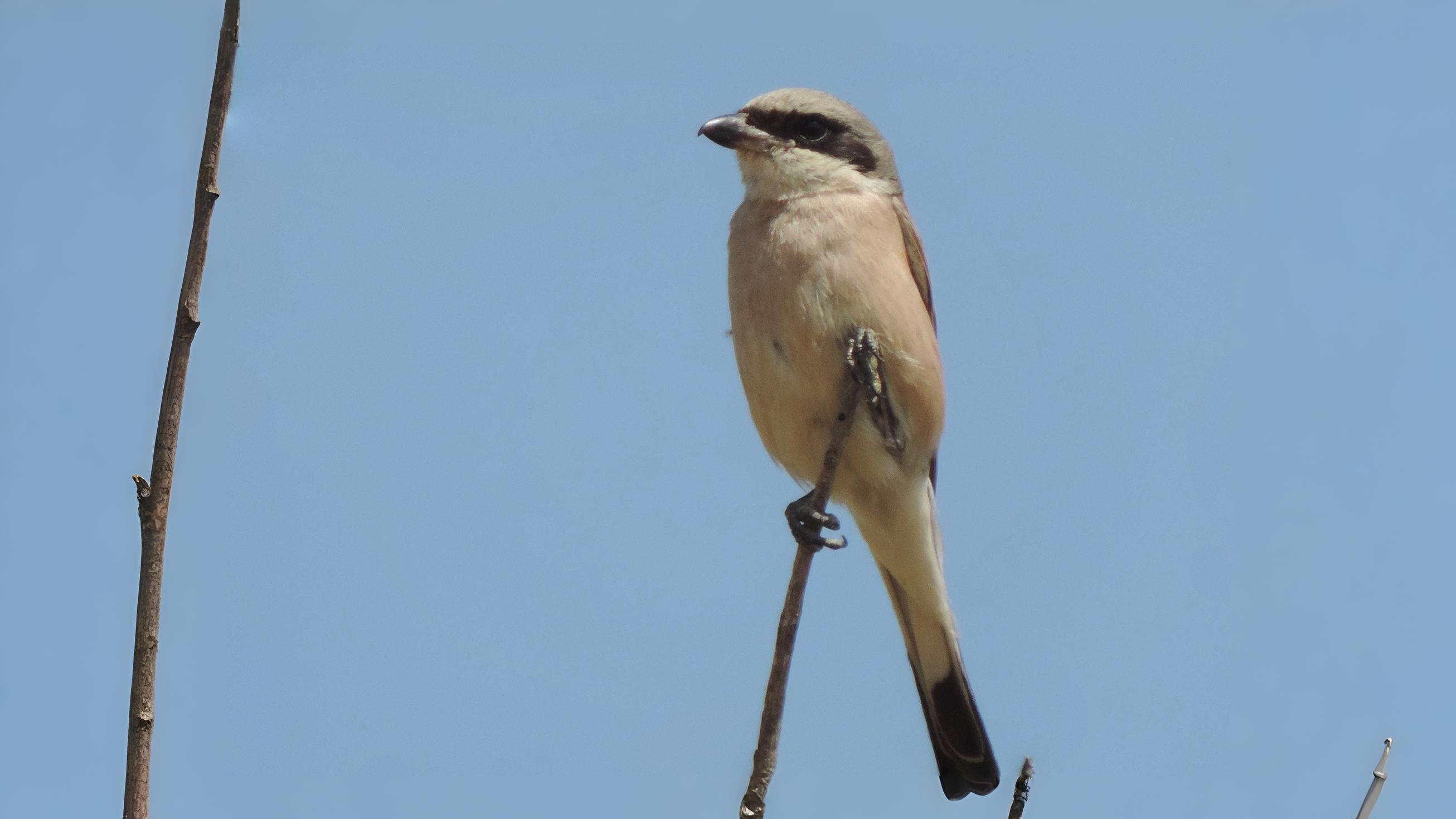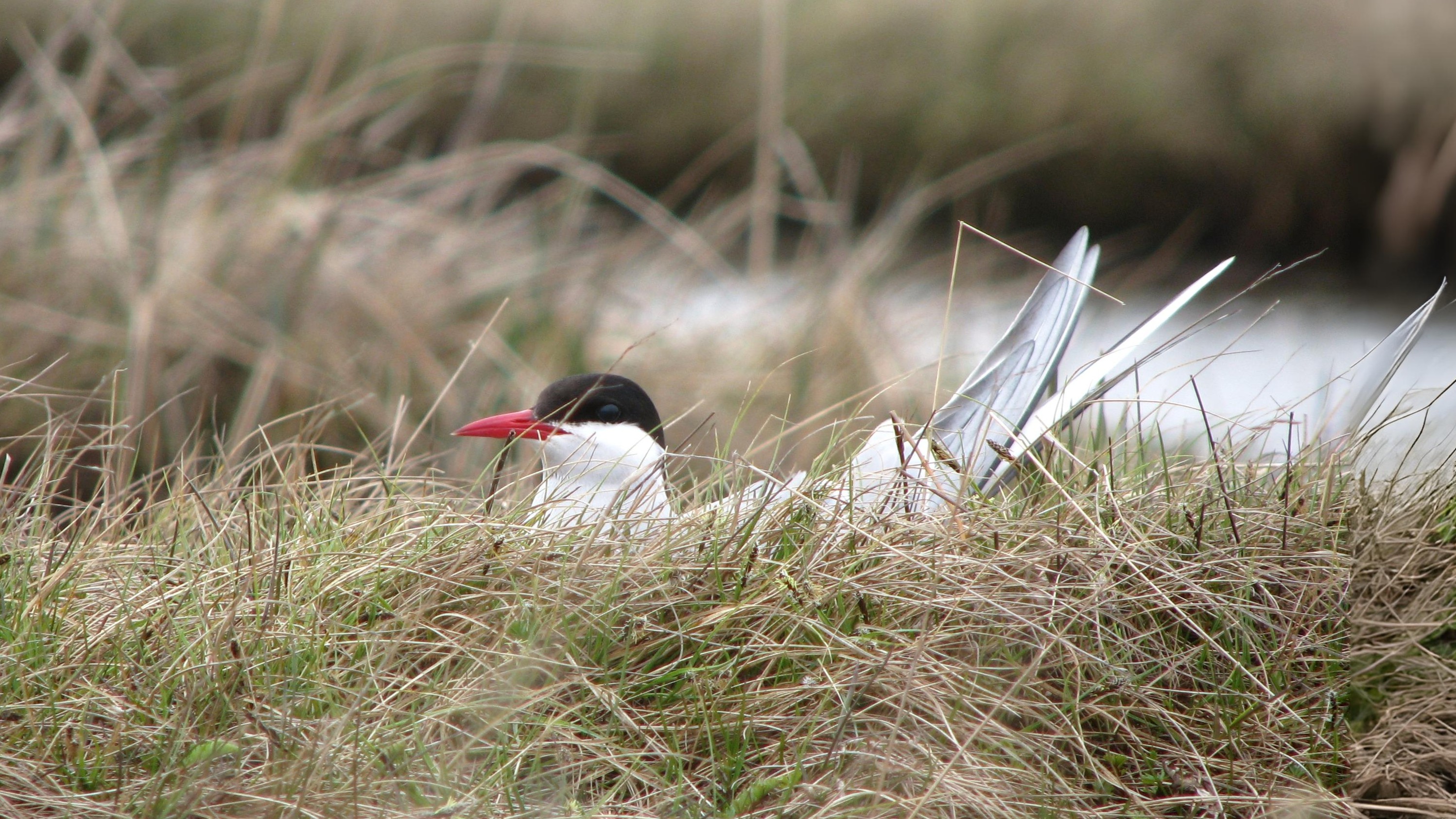While June slows the rush of migration, London’s skies and wetlands still hold surprises—from wandering young black-headed gulls along the Thames to the elusive red-backed shrike, a master of impaling prey on thorns. Rare sightings like woodchat shrikes and black redstarts still flicker through heathlands, while late nesters—swifts, peregrines, and nightjars—are only just beginning their breeding season.
Why do some birds nest so late? Where do these wanderers go next? Return on June 12 to explore the hidden rhythms of London’s avian world—where second broods hatch, shrikes hunt, and ravens still haunt the Tower’s shadows.
Migrating Birds and Rarities
Any migration has come more or less to a halt in June. By now nearly all birds have reached their breeding areas. However, this does not apply to one year old black headed gulls, which are not yet mature enough to breed; they can be seen biding their time along the banks of the Thames. Their desire, learning to fly north and breed, will all come later; for now they are just wanderers. There still may be some swifts and reed warblers arriving late and even lapwings returning from other parts of Europe where they have already bred. However, at last this month generally sees a pause in bird movement, with migrating starting again in July.
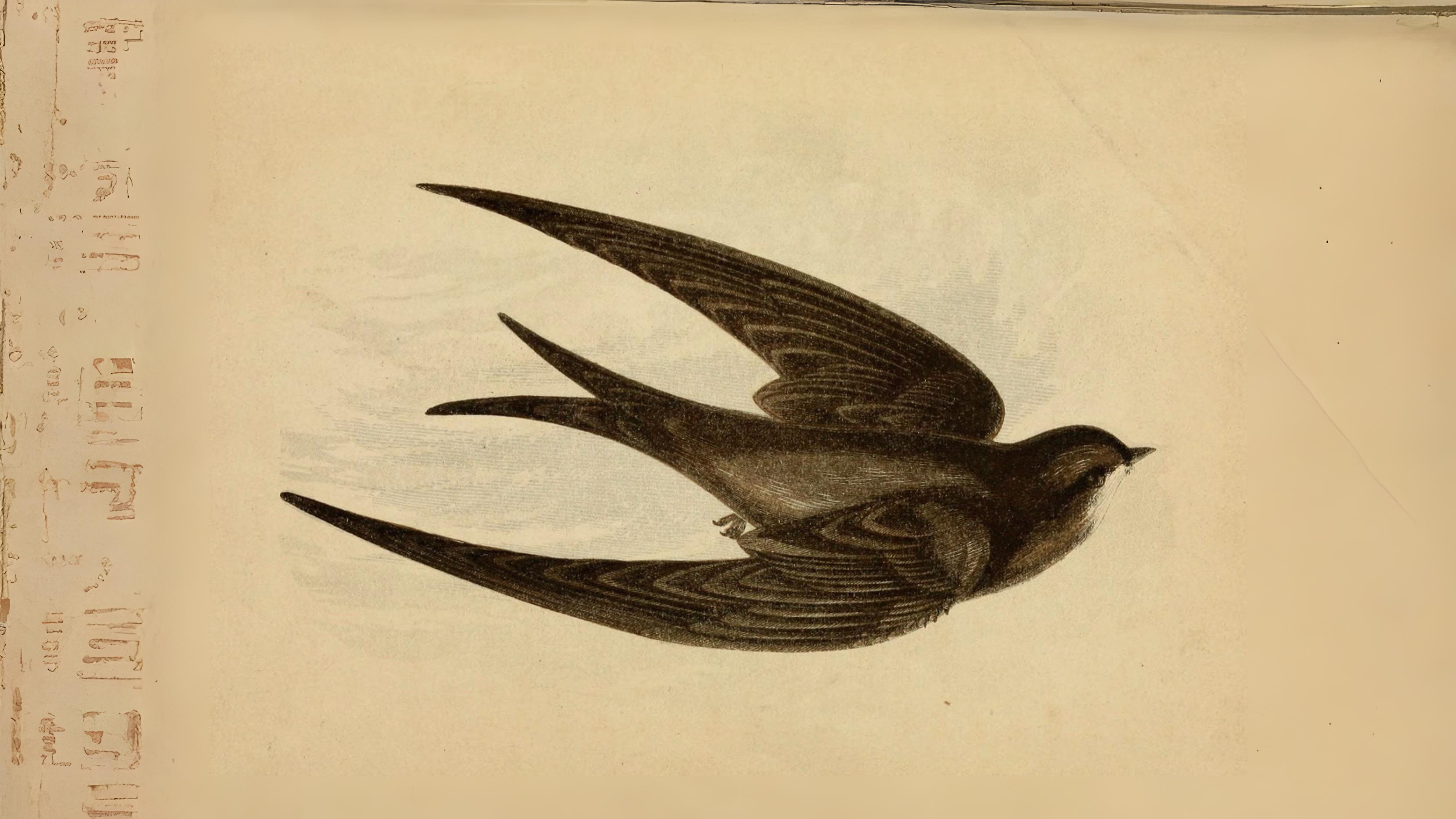
Significantly less wildfowl can now be seen flying as most birds are attempting to secretly feed their young. A warm June sees countless caterpillars and insects being collected for that purpose. A wet June has its compensations; with young rooks finding it easier to feed in fields which are not baked hard. The rare gulls and terns sighted in May have all now flown on to their preferred nesting areas.
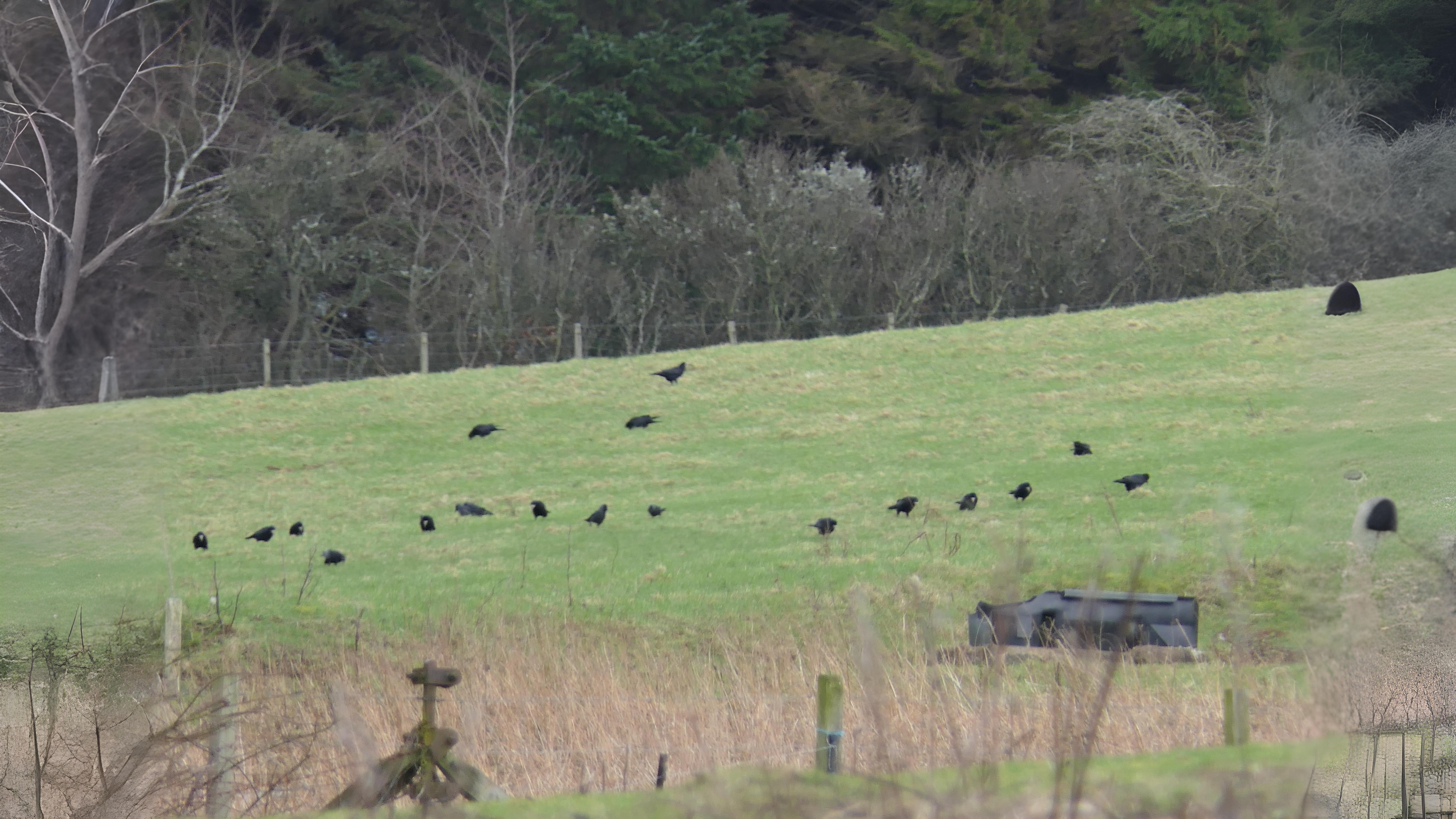
Small numbers of oystercatcher, greenshank, bar-tailed godwit, common sandpiper and green sandpiper all make regular appearances along the estuary. Corn buntings and grasshopper warblers are sometimes seen, as they can be very late to nest. The rare red-backed shrike also makes regular appearances in June, even as centrally as Hampstead Heath. Lonely patches of heathland south of London are better places to look for this rare bird.
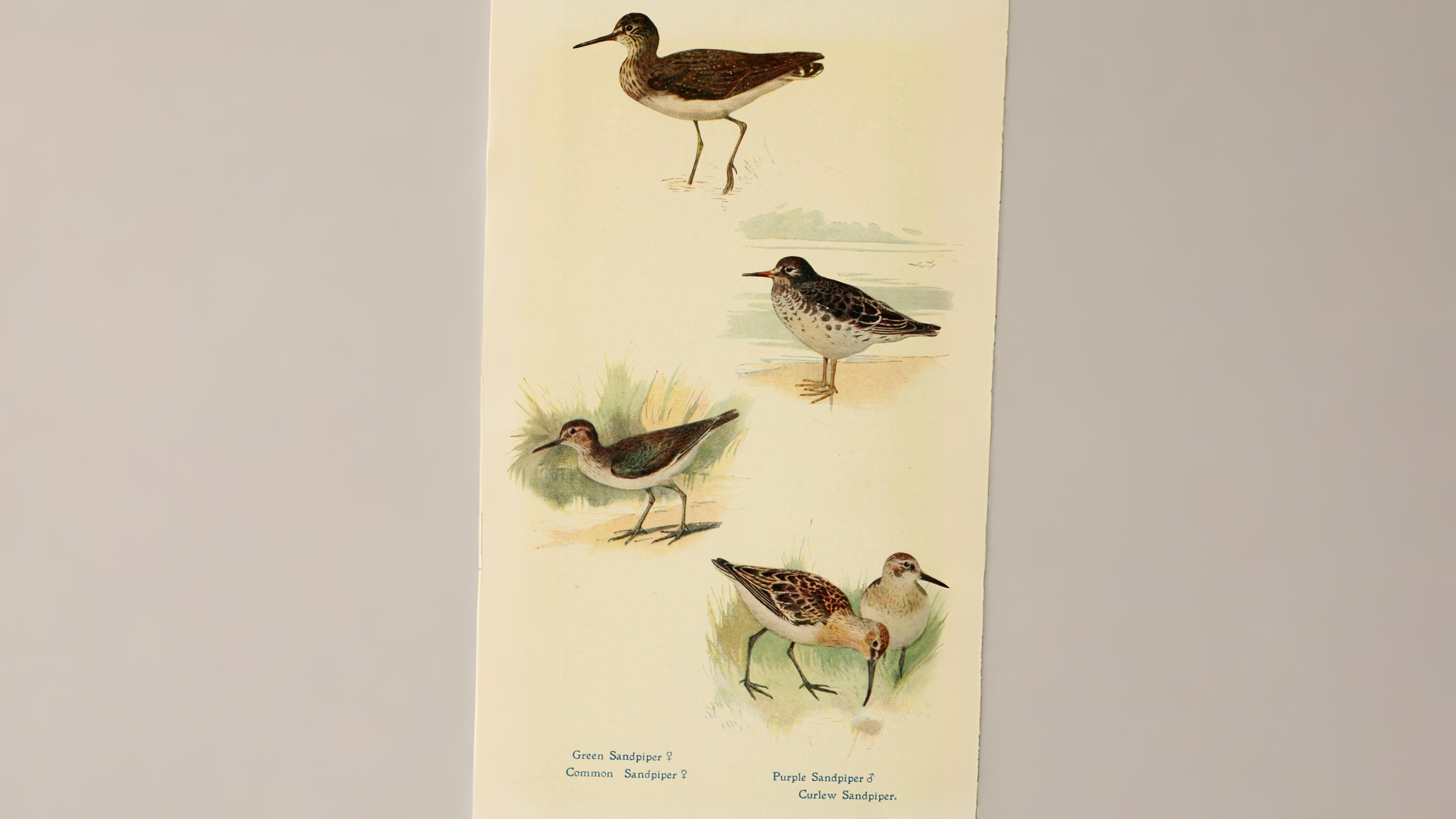
Its decline may be due to a decrease in large flying insects. It captures these, and small mammals, and impales them on thorny bushes or more recently on barbed wire. Later it returns to these ‘larders’ to consume its prey. Luckily shrikes, when they do visit us, have a habit of sitting on tall posts making them easier to spot. Other rarities that make occasional appearances this month are the woodchat shrike, hawfinch and black redstart.
There are still some birds that are yet to nest or are still laying eggs. Peregrines may even wait until next month. Traditional late nesters include kestrel, sparrowhawk, turtle dove, nightjar, red-backed shrike, swift, tree pipit, reed warbler, wood warbler, grasshopper warbler, yellowhammer and partridge. Birds regularly on eggs in June may include many of these, as well as blackcap, yellow wagtail and both common and arctic tern.
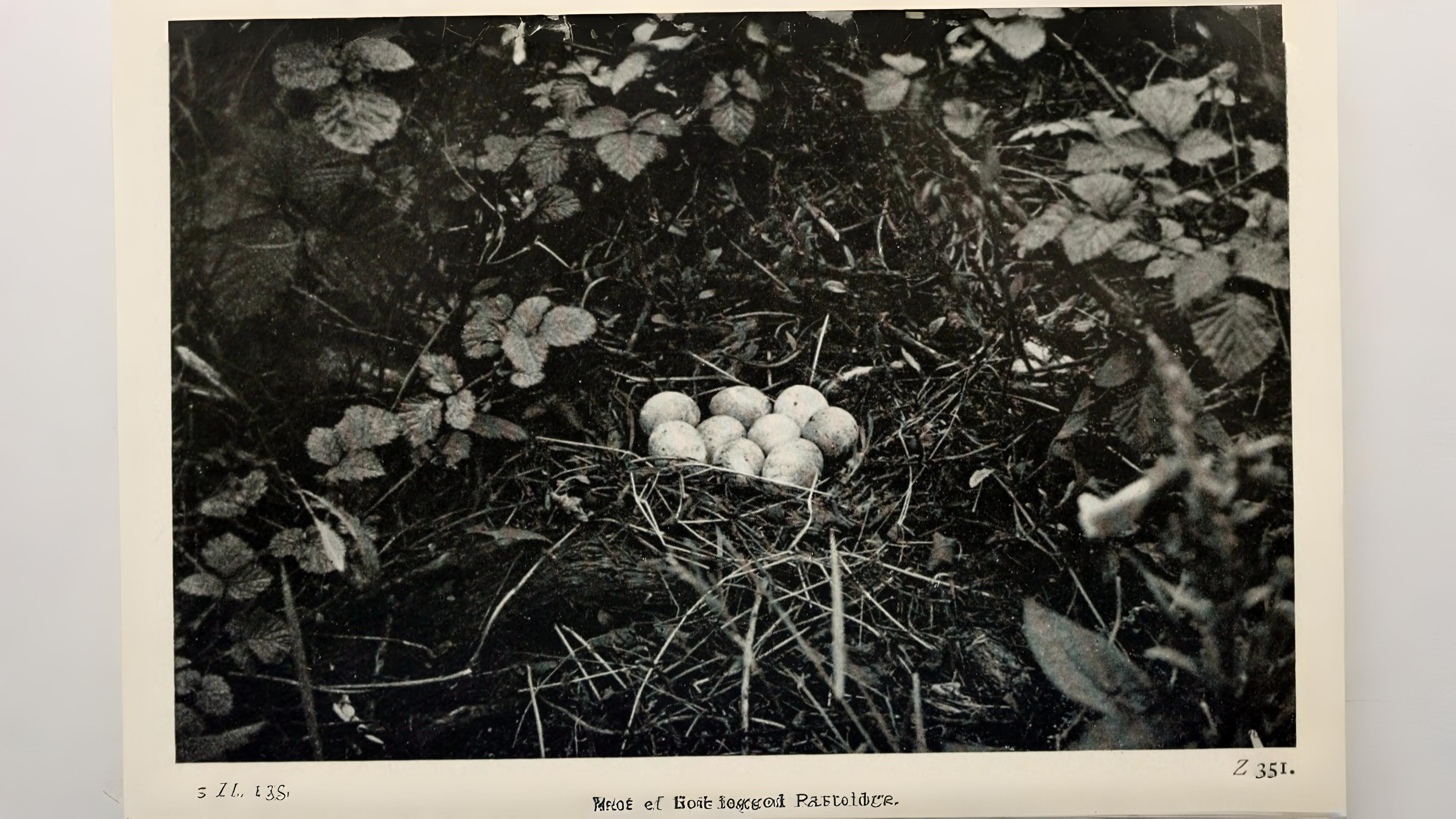
Other birds may now be on their second brood e.g. house sparrow, stock dove, swallow, house martin, blackbird, robin, skylark, reed bunting, wood pigeon, tree sparrow, greenfinch, kingfisher, moorhen and song thrush. Consequently there is quite a range of different bird activity to be seen in June. Blackbirds can be seen carrying nesting material, swallows darting into barns to feed their young, families of ducks on lakes and flocks of young and old crows together on commons. In the past there would have also been huge nests of ravens to which they would have returned to year after year. Now perhaps just one or two adults are recorded flying past their pinioned relatives in the Tower of London.
